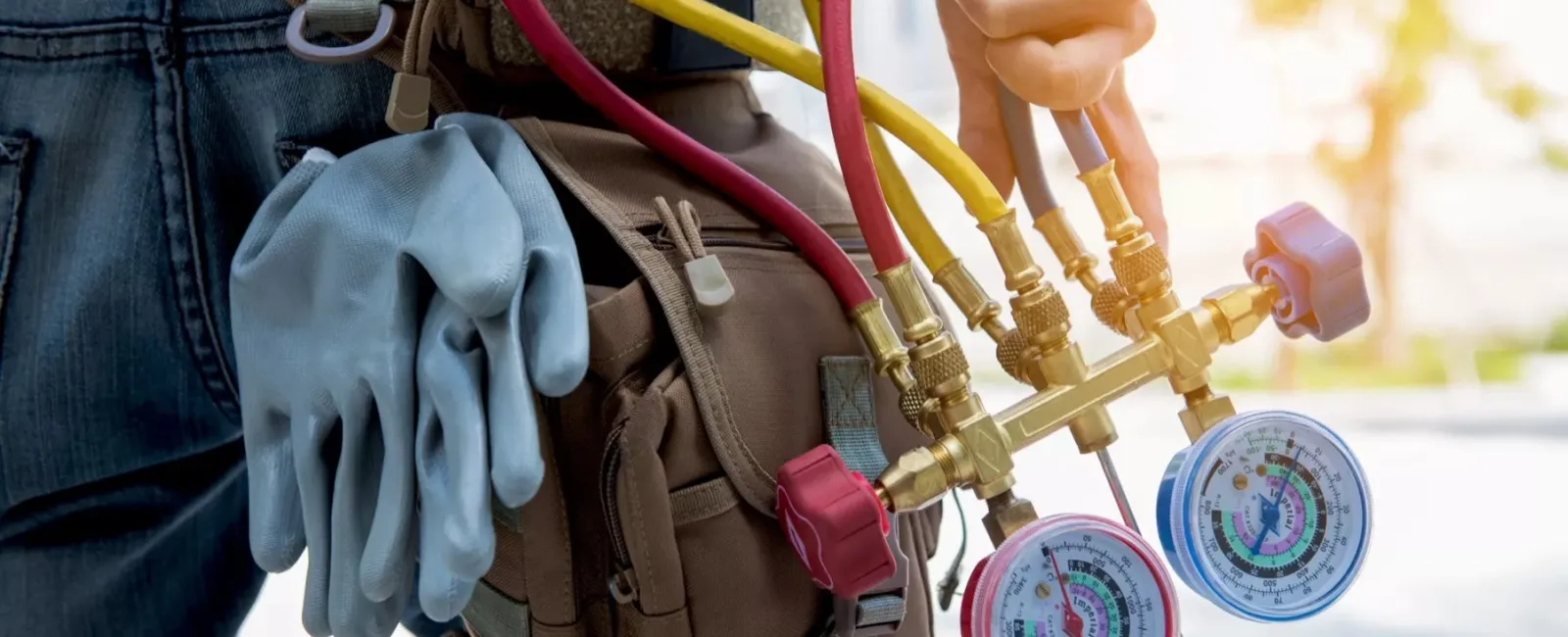Is a running toilet driving you crazy? There are only a handful of reasons why a toilet won't stop running. Here are some common reasons why you might need to call a professional plumber to fix a running toilet.
Do You Need to Replace the Flapper?
Often, a defective flapper is the troublemaker behind a running toilet problem. When the toilet is flushed, a rubber stopper lifts to release water into the bowl. Over time, the flapper will start to disintegrate, causing water to seep through a once-tight seal. To test its integrity, push down on the flapper. If the water stops, then you know you need to replace the flapper. When replacing the flapper, first turn the water off the toilet. Flush the toilet to remove the rest of the water. You will need to buy an identical flapper from a hardware store. Bring your old one inside the store to compare them. When installing the new flapper, remember that a short chain won't allow the flapper to rise fully away from the draining hole while a chain too long won't allow it refill. You may need to use wire cutters to cut the chain to fit.
Have You Checked the Fill Tube?
The fill tube is a small plastic tube that goes from the fill valve or the main assembly in the tank to the overflow pipe, which in turn drains excess water when water levels are too high. If the fill tube is immersed in water, you will need to cut it back so that the tube is over the water level. This will allow the water to drain properly and stop the constant running.
Checking the Float
There are two styles of toilet floats—the cup float and the ball float-but they both perform the same function. When the float is set too high, water levels rise above the overflow pipe and the tank isn't able to drain properly. When adjusting a float, first locate the pinching mechanism that allows it to adjust. Once located, slide the float down the central tube that it sits around.
Does the Fill Valve Need to be Replaced?
In order to replace your fill valve, first drain the tank. Then free the valve by unscrewing the water supply line and the lock nut, which is outside the tank. When shopping for a new valve, be sure to take the old one with you to ensure you purchase the correct one. Once home, replace the old valve with the new one and adjust the float to the water level desired.
Most running toilets are easily fixed with these easy to follow steps. You'll not only a lower water bill, but some peace and quiet. If you troubleshoot, but can't find the source of the problem, contact a local plumber in Pittsburgh 24 hours a day.

